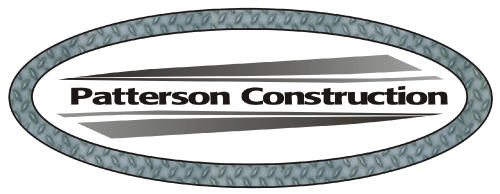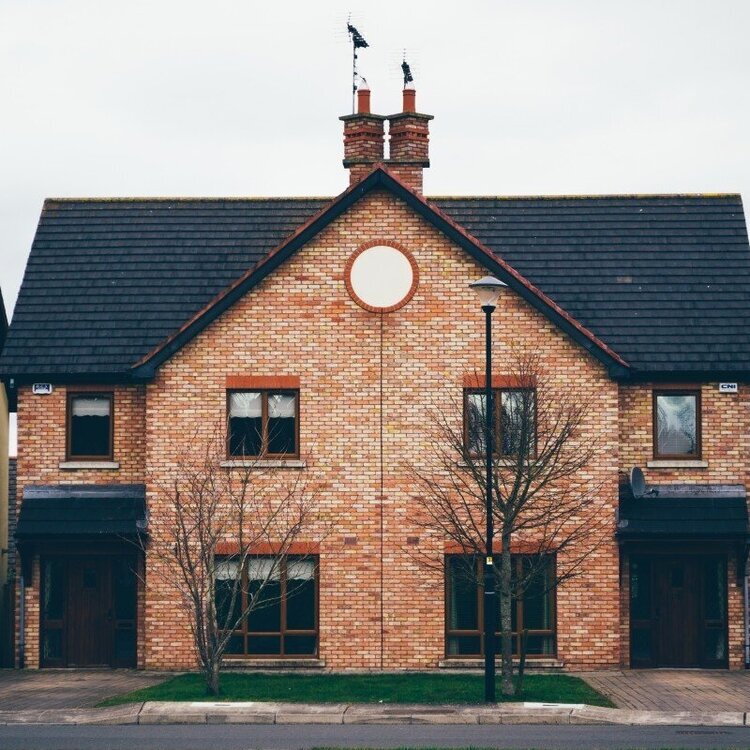Understanding The Different Types of Roofing Underlayment
Most homeowners relate roofing materials with shingles, but there is more to a sturdy and durable roof. While shingles are an essential component of a roofing system, several other elements also play a vital role in determining how well a roof performs and how long it lasts. One such part of a whole roof system that most homeowners remain unaware of is a protective layer underneath the shingles known as underlayment.
What is roofing underlayment?
Roofing underlayment is a waterproof or weather-resistant barrier installed between the roof deck or roof sheathing (OSB or plywood) and the primary roofing material to offer added protection from the elements including rain, snow, and wind.
Types of roofing underlayment
There are three types of roofing underlayment typically used below the primary roofing material:
Felt underlayment,
Synthetic underlayment, and
Rubberized asphalt underlayment
Felt underlayment
Felt underlayment is one of the most common underlayment types used in residential roofs. It is also referred to as felt paper or tar paper and is made from organic paper or fiberglass mat saturated with asphalt for better water resistance. Felt underlayment is available in two weights—15-pound or No. 15 felt and 30-pound or No. 30 felt. 30-pound felt is thicker, heavier, more durable, and less susceptible to damage during installation or extreme weather events and offers longer and better protection to the roof than 15-pound felt.
Pros
Low-cost
Usually allowed by building codes
Eco-friendly
Water-resistant
Cons
Heavy
More difficult to install
Can crack, bubble, develop wrinkles, or dissipate when exposed to cold, high heat, or extreme weather events
Some roofs may require synthetic underlayment to honor the manufacturer warranty
Slippery surface
Synthetic underlayment
Non-bitumen synthetic underlayment, also called synthetic roofing underlayment, is becoming increasingly popular and is preferred by most roofing contractors as a better replacement for felt underlayment. It is made by weaving together polyethylene or polypropylene polymers for better durability, tear-resistance, and stability. Synthetic underlayment offers superior weather protection over felt underlayment.
Pros
More durable, and tear and wrinkle-resistant
Faster and safer installation
Lighter
Slip-resistant surface
Reduces chances of fungus, mold, and mildew growth
Repels water
Moisture-resistant
Lasts longer
Higher tolerance to extreme temperatures
Better warranty
Cons
More expensive
Rubberized asphalt underlayment
Rubberized asphalt underlayment is more expensive than other roofing underlayment types. Manufacturers use recycled rubber materials and have a higher percentage of polyester, polyethylene, and asphalt for enhanced durability and resistance. Rubberized asphalt roof underlayment uses special adhesives and is a peel-and-stick product. Roofers only have to peel off the membrane, and it adheres directly to the decking without any fasteners. It offers a rigid waterproof seal, endures temperature extremes, and better resists common roofing problems due to its inherent flexibility. It is best for addition around roof protrusions, eaves, valleys, and other areas prone to leaking.
Pros
Better protection against moisture and water damage
Improved fire resistance
Non-skid surface
More heat and cold resistant
Prolonged roof lifespan
Resistant to thermal shock
Waterproof
Cons
Higher upfront cost
Choosing a good underlayment is vital when looking to replace the roof or for new home construction. Consider factors like local climatic conditions, building codes, and moisture resistance to select the best underlayment. Contact a roofer for more information on different roofing underlayments and which one will best suit your home needs.
Patterson Construction Company installs and repairs residential roofs of all kinds, skylights, roof ventilation, fascia and underlayment on Phoenix-area homes. Call 602-825-3638 for a free quote today!

